I write SQL load testing tool where user could just specify the number of conditions in WHERE section (and some more functionality) using sliders, then press button "Start" for starting load testing of database.

The problem is: If I use OR logical operator for joining clauses, the DBMS would stop checking of WHERE section once it encounter predicate that return TRUE. With AND logical operator is similar situation: once DBMS encounter predicate that return FALSE, the the DBMS will stop checking WHERE section. How to make DBMS check all clauses in WHERE section independently of clauses TRUE/FALSE values?
